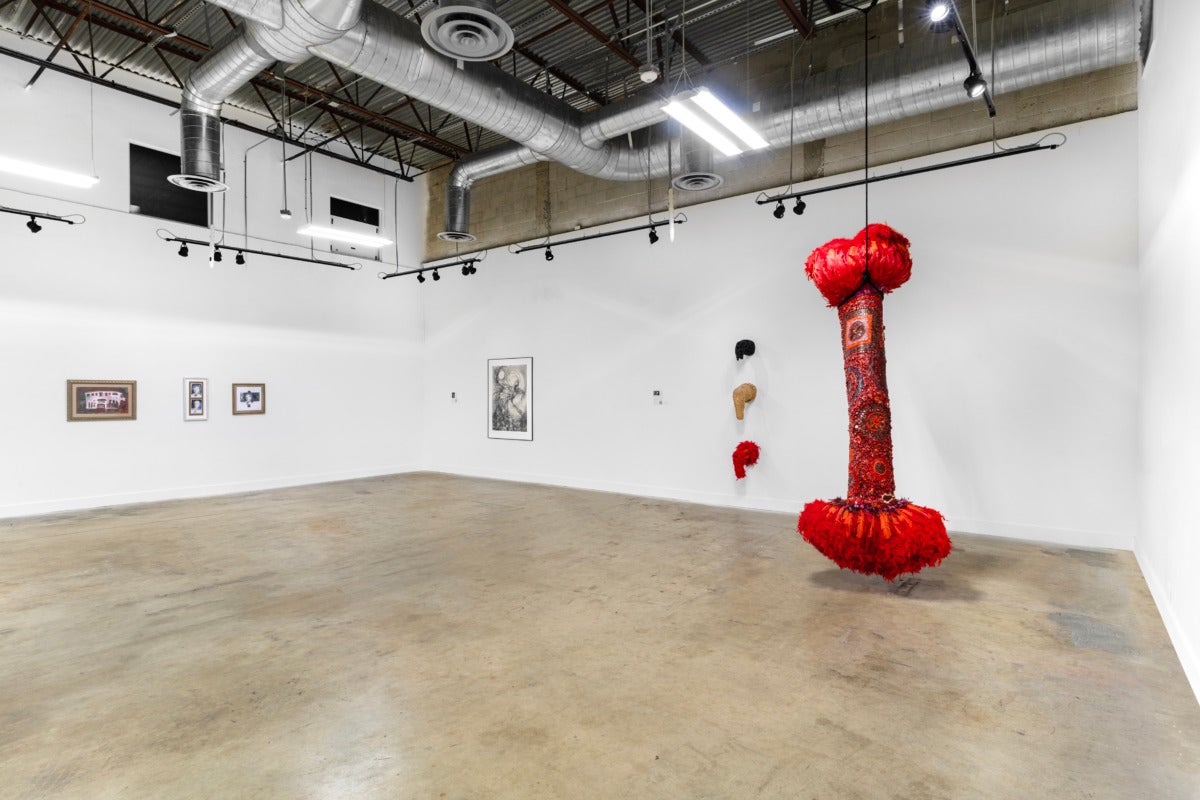
There is a joyful air about the Opa-locka Arts and Recreation Center (ARC). The white, open walls feature the works in Genius Species, a group exhibition of seven Black artists exploring Black feminist thought across widely varying mediums. Put on by Ten North Group, the show opened on a warm night in Opa-locka, Florida, a majority Black city just northwest of Miami that is slowly developing its own thriving arts scene through projects like this one.
Genius Species is a show influenced by scholars such as Evelyn Hammond, Toni Morrison, and Zora Neale Hurston; the artists in the exhibition investigate notions of Black genius in relation to whiteness, otherness, and the exclusionary American ideal. Each of the artists in Genius Species takes up this notion of genius—of a carefully tended craft centering a relationship to their own Blackness and becoming. Curator Anya Wallace, Ph.D. begins the exhibition pamphlet with the following: “Black Woman as an iteration of Human is a process of becoming whole, a process of skill, endurance, meticulous craftsmanship, artistry–genius.”
A visual artist and scholar from Fort Lauderdale currently living in Massachusetts, Wallace met the show’s artists at different times along her storied path—at the Museum of Contemporary Art in North Miami, the Art Education Graduate Studies Program at Penn State, working at the National Girl Scout Program Center in Savannah, Georgia, or even over Zoom. “Genius Species emerged from a period of performance writing,” she shared with me. “I’ve had a longing to do a study around genius. This idea that not only are Black girls genius or can be geniuses, but that all Black children have some kind of innate giftedness to them.”
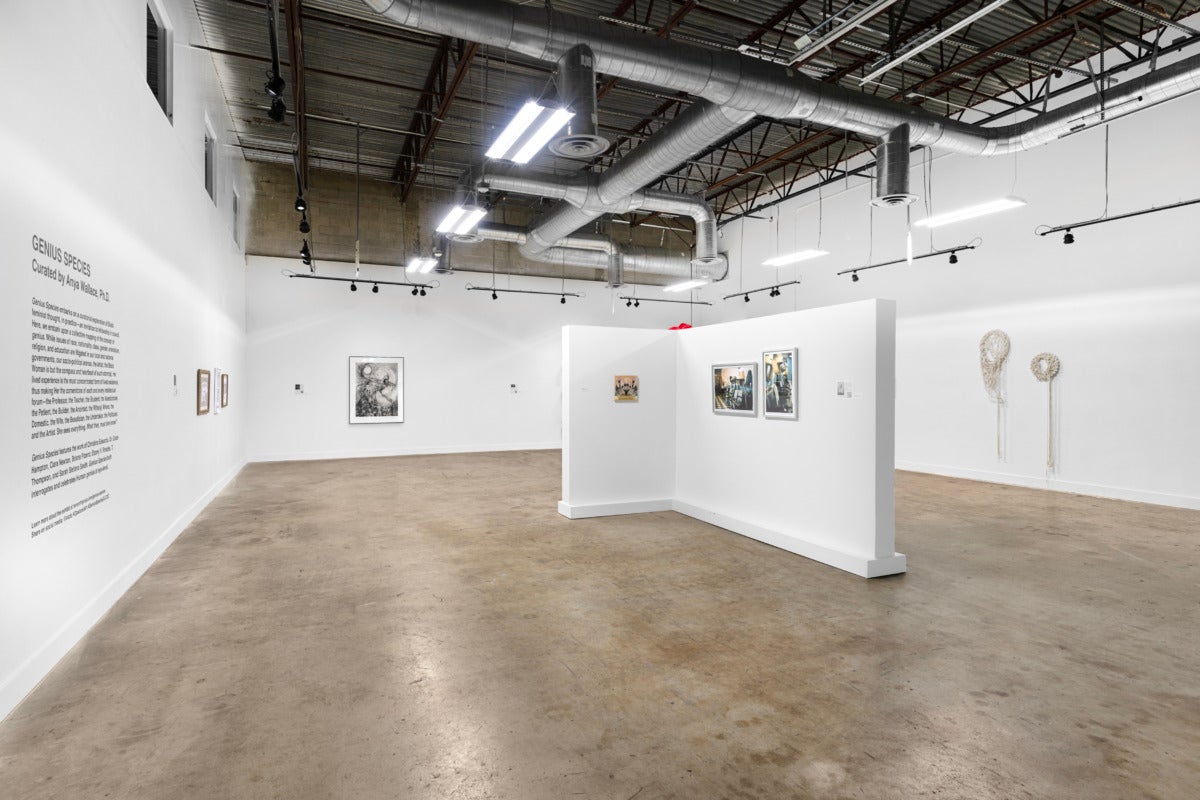
Wallace’s enthusiasm for this notion of genius as inherent to Black femininity shines through each iteration of her writing accompanying the exhibition. Within this performative writing, Wallace finds herself returning to one central figure: Aretha Franklin. “National Geographic has a series called Genius. The first episode is Albert Einstein, the second Picasso, and the third is Aretha—right after Martin Luther King, Jr. That struck me. I always knew Aretha was a genius. My mother gave me Aretha, taught me how to love and appreciate Aretha. And it’s not star power that I’m talking about when I’m talking about genius with someone like Aretha, it’s what she is able to do, all of the things that she was able to accomplish and produce out of her voice.”
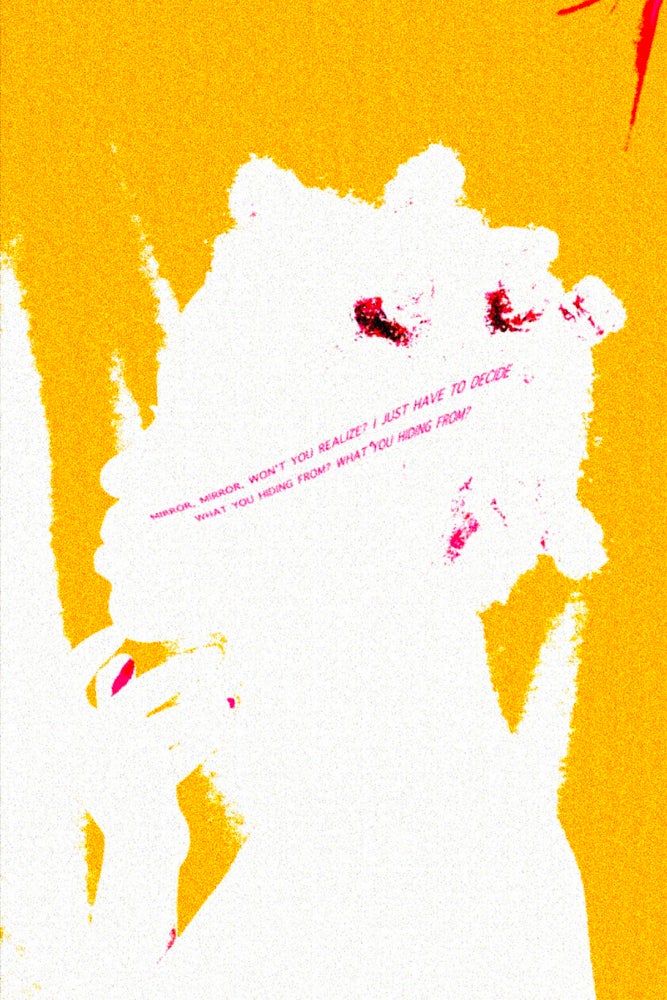
One of the smallest works within the show is Briana Pizarro’s Pink Misgivings. A digitally manipulated portrait of a friend overlaid with lyrics from Nicki Minaj’s 2012 Pinkprint anthem “Freedom,” the work commands attention through its vibrance and dubious simplicity. “I typically work with alternative processes of analog photo manipulation to communicate ideas of absence and otherness as central to my experience as a Black woman,” she explains. “In manipulating an image, memory becomes fogged, wet, and faded.” A past student of curator Anya Wallace, Pizarro is the youngest artist included in the exhibition.
Emerging from behind the built wall is the exhibition’s largest work, Ciara K. Newton’s Redbone Swag. A ten-foot-tall bone-like structure covered in bright red beading and feathers, the work is visually arresting. It hangs from a black silk rope, a noose holding all 220 pounds of fiberglass, ceramic, wood, and beads. “I started beading in elementary school. It was the first thing that ever kept me tactilely invested through my ADD. I decided to return to beading during my MFA to reground myself and return to what I love,” Newton explains. “Some of the beads I found, some I made. I sourced some dead coral from a friend who restores coral reefs. I tumbled it and dyed it red. Red coral is going extinct.” Gazing on the work, a viewer might be overcome by its daring scale.
Newton is a boisterous presence, a perfect mirror of her bold and effusive sculptures. Taking on daring embodied gestures, both Redbone Swag and the sculptural triptych Yellowbone, Redbone, Blackbone encapsulate Newton’s sharp critique of an academy insistent upon her exclusion. “The original title for this piece was actually Don’t Save Her. She Don’t Want to be Saved. [The work] came from working in a lot of predominantly white institutions, as a professor, as an artist, as a student, and people thinking my body was taboo. I wanted to reclaim my body. I wanted to acknowledge that the term “Redbone” comes from this point of oppression, but this system has been constructed and we all live in it. So for me to pretend like it’s not real doesn’t make any sense to me. So I was like, you know, let’s, let’s talk about the fetish, let’s talk about death, let’s talk about enslavement, let’s talk about liberation, let’s talk about what it means to be my body in these spaces and how I’m just inherently like pedagogical because I’m teaching everyone, but I’m just living. I’m just here living.”
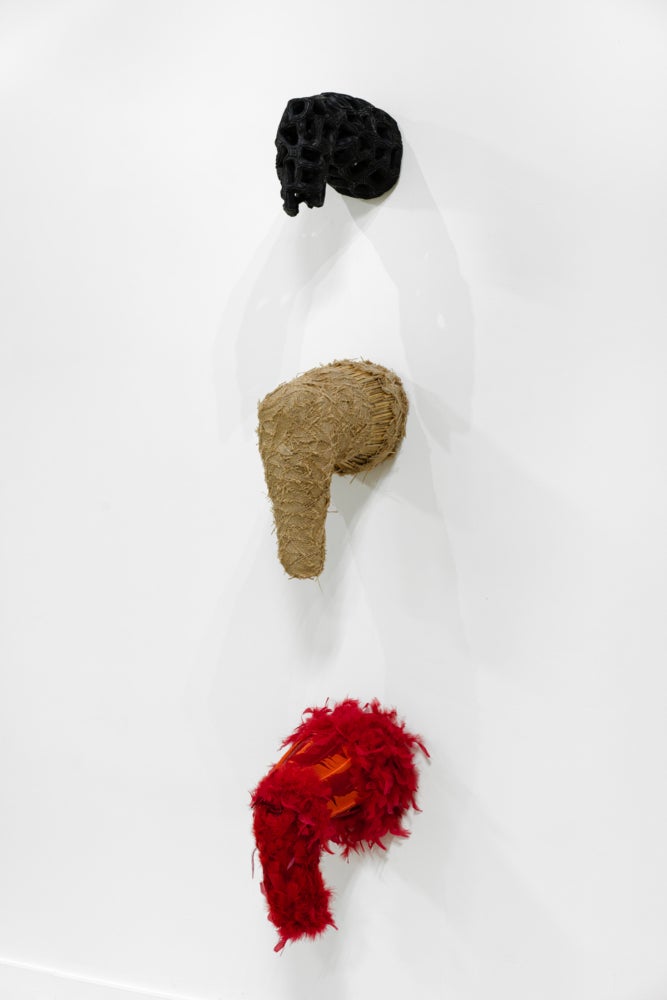
Other artists included in the exhibition were called to reference Black feminist scholars more directly. Artist Sarah Stefana Smith exhibited sculptural and photographic works that focused on materiality. “It was a conversation I was having with Black feminist scholar Evelyn Hammonds,” she explained of the two flowing netted sculptures, “…who talks about black holes and Caribbean postcolonial scholar Edouard Glissant, who argues for the rights of post colonial subjects to be opaque and not be so legible. For me, the works are these points of encounters, these openings and portals into Black time and space.” Smith’s works used the image and material of bird netting. A medium she found during COVID, netting struck her as a limitation, a material meant to separate one thing from another. It was from thought space that she began to weave the elegant, hoop-like sculptures featured in the exhibit
Ebony Rhodes, an artist working in oil pastel, explores subjects of Otherness in majority white spaces, specifically religious educational institutions which she herself grew up in and around. “We [Black women] have to grapple with every space we’re in. My mother used to say Black people are everywhere. Never forget that. Even as an outsider in white spaces, these are also my people, people I learned from, people I challenged, people I engage with. My work is a reconciliation.” Utilizing techniques of layering and collage, Rhodes’ works reflect the tumultuous and often paradoxical feelings she found herself addressing while navigating white and Black spaces throughout her coming of age. Looking closely at her pastel portrait of a leader from her religious schooling, the complexity of the relationship can be felt in the stripping away of the original image, the evidence of its being drawn, torn away, and then redrawn.
The day after the opening, Genius Species welcomed a group of elementary school children from the Opa-locka community to explore the exhibit and learn all about the Black girl genius in their own neighborhood.
Genius Species is on view at the ARC, Opa-locka from March 25 through May 31.
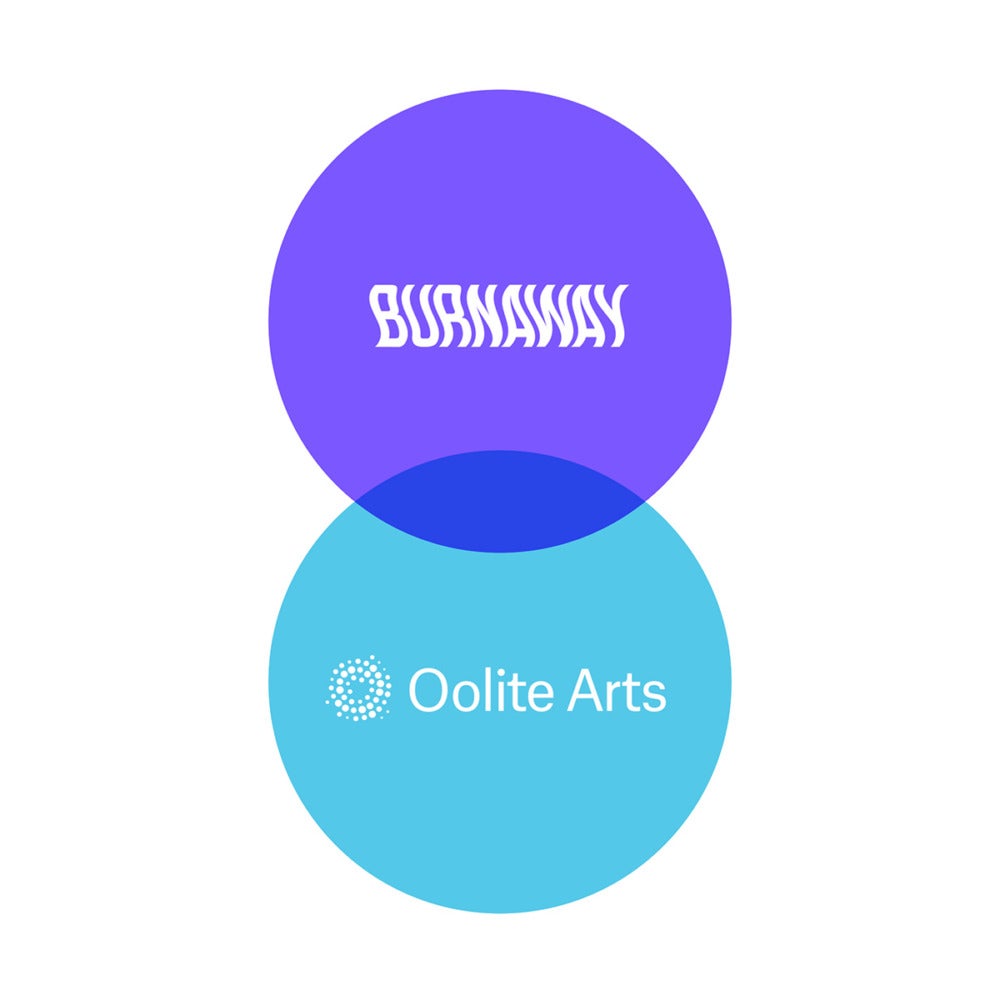
This piece was published in partnership with Oolite Arts as part of a project to increase critical arts coverage in Miami-Dade County.




